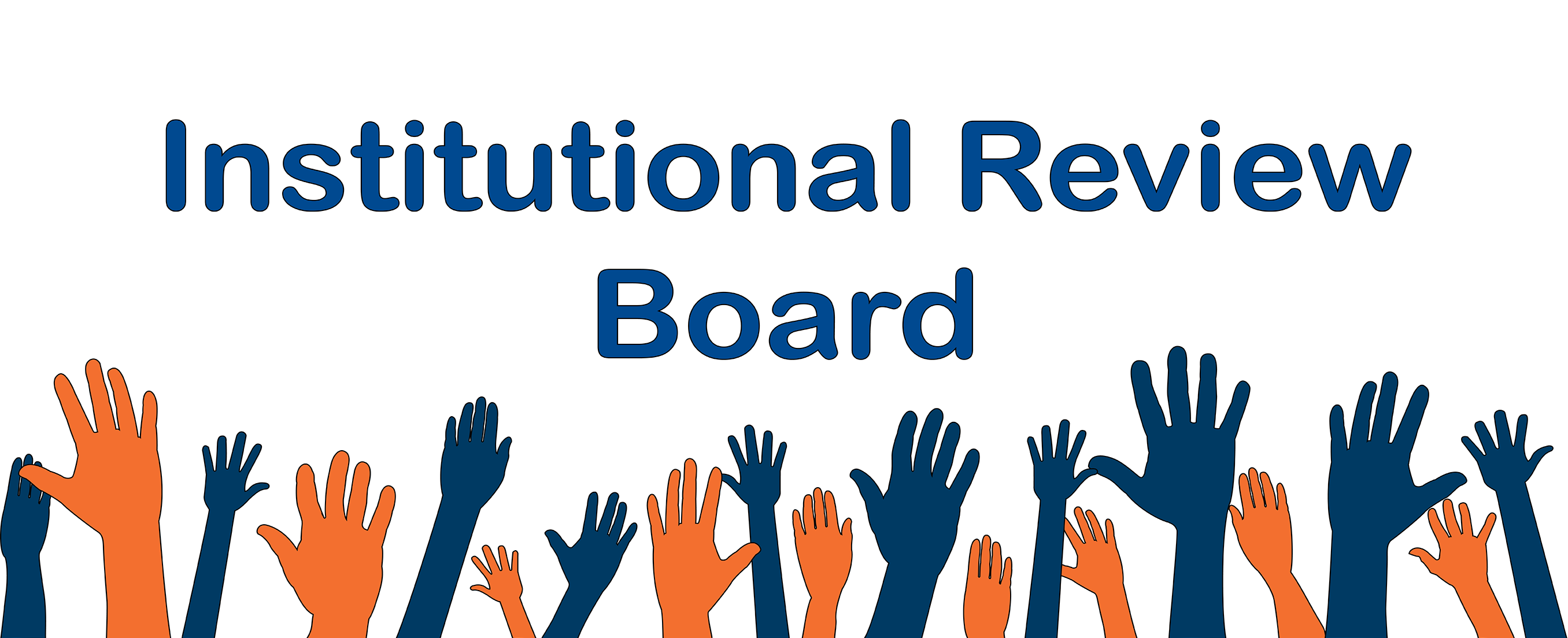Herbal medicinal practice existed either as standard treatment
or as adjuvant with conventional medicine since long back. Ayurveda is well
known as oldest treatment system ever existing. Safety concerns with toxicological effects and purification of plant
product are mentioned in Ayurveda textbook also. Here I’m going to discuss some
challenges faced by herbal practitioner, experts as well as global scenario. This
article will be centered around Ayurveda
system of medicine, but similar concepts applies for other complementary and alternative medicines:
Challenges faced during safety monitoring of herbal medicines:
Self-medication: The commonest myth regarding herba medicines s that these medicines are completely safe and can therefore be safely consumed by the patient on his/her own, without a physician's prescription. This belief has led to large-scale self-medication by people all over the world, often leading to disappointing end-results, side-effects, or unwanted after-effects.
Improper quality control: A majority of the adverse events related
to the use of herbal products and herbal medicines that are reported are
attributable either to poor product quality or to improper use. Inadequate
regulatory measures, weak quality control systems, and largely uncontrolled
distribution channels (including mail order and Internet sales) may have been
contributing to the occurrence of such events.
Complex natural constituents: No any single herbal medicines are synthesized.
They are used either as crude or extracted form. Detail understanding and description of clinical,
pharmacological and toxicological effects of Chemical constituents present
within every plant used as medicines is ambiguous. Moreover, combined herbal
preparation are more in use than single herb.
° Ambiguous prescription: Mostly herbal medicines are used in conjunction
with conventional medicines as adjuvant therapy. Study on interaction of herbal
product with synthetic medicine is meagre. Issue can also arise by such
interactions between different potential
chemicals present within other medicines or food.
° Contaminations and adulteration: The herbal based OTC products may be
contaminated with excessive or banned pesticides, microbial contaminants, heavy
metals, chemical toxins, and for adulterated with orthodox drugs. Excessive or
banned pesticides, heavy metals and microbial contaminants may be related to
the source of these herbal materials, if they are grown under contaminated
environment or during collection of these plant materials. Chemical toxins may
come from unfavourable or wrong storage conditions or chemical treatment due to
storage. The presence of orthodox drugs can be related to unprofessional
practice of manufacturers
° Improper implementation of pharmacovigilance
system: lack of knowledge on
pharmacovigilance within practitioner of herbal medicine is another cause of
improper reporting of safety issue, which ultimately leading to underreporting
and repetition of similar inconveniences. The existing
pharmacovigilance system is more based on understanding of synthetic
medicines. Lack of proper terminologies
for coding of herbal medicines and adverse effect is causing problems in implementation
of pharmacovigilance system.
° Governmental ignorance: Although its being a primary care for health
issues in every society, vigorous study couldn’t happen on its safety, potency
and efficacy. Without Priority of government and qualified human resource,
evidence can’t be collected. That’s why most of the issues and quarries are
unresolved yet.
Proactive approach and Recommendations
to overcome safety issue:
° Quality control and
quality assurance: While Overcoming the issues step by step, quality of final product can be maintained by
implementing Quality control system. standard operating procedures (SOP),
leading to Good Agricultural Practice (GAP), Good Laboratory Practice (GLP),
Good Supply Practice (GSP) and Good Manufacturing Practice (GMP) for manufacturing
these medicinal products from herbal or natural sources. The public's belief
that herbal and natural products are safer than synthetic medicines can only be
ascertained by imposing regulatory standards on these products that should be
manufactured using these Good Practices. Government of Nepal also made GMP compulsory
for manufacturers of Ayurveda medicines also.
° Clinical research:
Even small voice with authentic reference is always louder than yelling without
facts. Vigorous research activity should be conducted to collect sufficient
evidence for crystallization of useful herbs as medicine. Available research
methodologies can be used in Ayurveda practice also. Proper data on level of efficacy,
safety, dose, dosage and interactions with other medicines will also be known
during research process.
° Use of pharmacovigilance
system: The recommended approach is to include herbal medicines in the
existing national pharmacovigilance systems or, where such systems have not yet
been developed, to establish comprehensive national pharmacovigilance systems,
which incorporate coverage of herbal medicines. Regional and national reporting
centres are the same, databases used to analyse adverse reaction in herbal
medicine is also same, but coding system might be different. Appropriate name
for different Ayurveda terminologies are required.
° Professionalism:
Clear recommendation of professional competency should be made for herbal
medicine practitioner. Those with certified practice license should also be
provided knowledge and training on understanding and reporting any expected or
unexpected adverse reactions. Ethics of any practitioners comes at the primarily
than any law and enforcement.
° Enhancing
reporting system: Report of adverse events is found mainly
based on voluntary physician reporting. Other health professional like
pharmacist, nurses are normally excluded. This largely led to underreporting.
It should be established to report suspected event by all health professional
not only for medicinal product but also for nutritional supplements.
° Consumer
consciousness: Consumers are mainly responsible for
reporting event to their physician and any practitioner who prescribed
medications. Patient and consumer education for prompt reporting will also help
to generate signal.
° Use
of prescription drug: Prescription based treatment system should
be enforced from government level as compulsory in herbal medicine also. It
will discourage self-medication and finally controls underreporting.
Member
States of the World Health Organization (WHO) including Nepal are therefore encouraged to
strengthen their national regulation, registration and quality assurance and control
of herbal medicines. In
addition, the national health authorities should give greater attention to
consumer education and to qualified practice in the provision of herbal
medicines.
thank you!!!
thank you!!!






